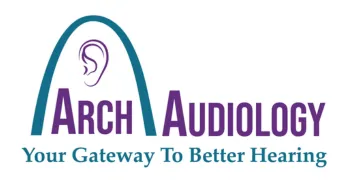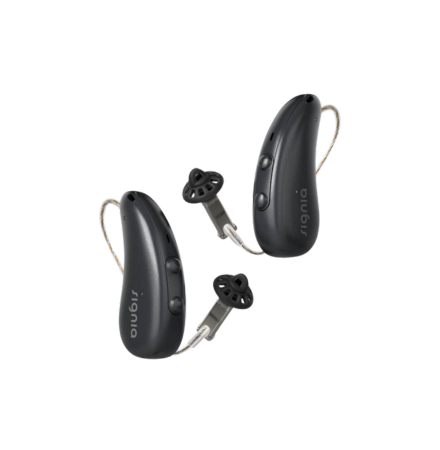Types of Hearing Loss
Types Of Hearing Loss
A Hearing Exam Will Help Determine The Nature Of Your Hearing Loss
In most cases your hearing healthcare professional can determine the nature or your hearing loss and quite closely pinpoint what caused it. Hearing loss can be either conductive or sensorineural, or both.
Sensorineural Hearing Loss
Sensorineural hearing loss (SNHL) is a type of hearing loss caused by damage to the inner ear or the nerve pathways from the inner ear to the brain. This kind of hearing loss is generally permanent and can vary from mild to profound in severity.
The inner ear contains tiny hair cells that convert sound vibrations into electrical signals that are transmitted to the brain. In SNHL, these hair cells, or the nerve pathways connecting them to the brain, are damaged or deteriorated, which disrupts this process. As a result, it becomes difficult for individuals to hear soft sounds and makes louder sounds muffled or unclear.
The causes of sensorineural hearing loss can vary and may include aging (also known as presbycusis), exposure to loud noise, certain medications that are toxic to the auditory system, infections, head trauma, genetic predisposition, or diseases.
Treatment for SNHL may include the use of hearing aids, cochlear implants in severe cases, or other assistive listening devices. Therapy and communication strategies can also be beneficial in managing the challenges associated with this type of hearing loss.
Conductive Hearing Loss
Conductive hearing loss occurs when there is a problem conducting sound waves anywhere along the pathway through the outer ear, tympanic membrane (eardrum), or middle ear. The middle ear contains three bones (ossicles) the malleus, incus and stapes. These three bones are the smallest bones in the body and connect the eardrum to the inner ear. When sound vibrates the eardrum, the ossicles vibrate and conduct sound waves to the inner ear.
This type of hearing loss can be temporary or permanent, depending on the cause, and it generally affects the loudness of sounds. The common causes of conductive hearing loss include:
Blockage of the Ear Canal: This can occur due to earwax buildup, foreign bodies in the ear canal, or swelling due to infections.
Eardrum Problems: Perforation or scarring of the eardrum can hinder its ability to vibrate in response to sound waves.
Problems with the Ossicles: This includes dislocation of the ossicles or otosclerosis, a condition where the stapes becomes fixed in place and cannot vibrate effectively.
Ear Infections : Chronic ear infections can lead to fluid accumulation or damage to the ear structures.
Congenital Malformations: Some people are born with abnormalities in the outer or middle ear structure that affect sound conduction.
Treatment for conductive hearing loss depends on the underlying cause and may include an ENT referral for medical treatment or surgical intervention. Removing a blockage, repairing the eardrum, or treating an infection can often restore hearing to normal levels or significantly improve it. In cases where the hearing loss is more permanent, hearing aids or other assistive devices can be helpful in improving hearing function.
Mixed hearing loss
Mixed hearing loss is a combination of sensorineural hearing loss and conductive hearing loss. It commonly occurs when the ear sustains some sort of trauma. Mixed hearing loss can also happen gradually over time when one hearing loss is compounded by another. For example, a person with a long-standing conductive hearing loss might experience age-related hearing loss as they age. Alternatively, a person with age-related hearing loss may have a temporary mixed hearing loss due to wax impaction or an ear infection.
Trusted by specialists & patients around the country.
Helping people improve their
quality of life

Our Audiology Services

Hearing Evaluations

Hearing Aid Dispensing

2nd Opinions